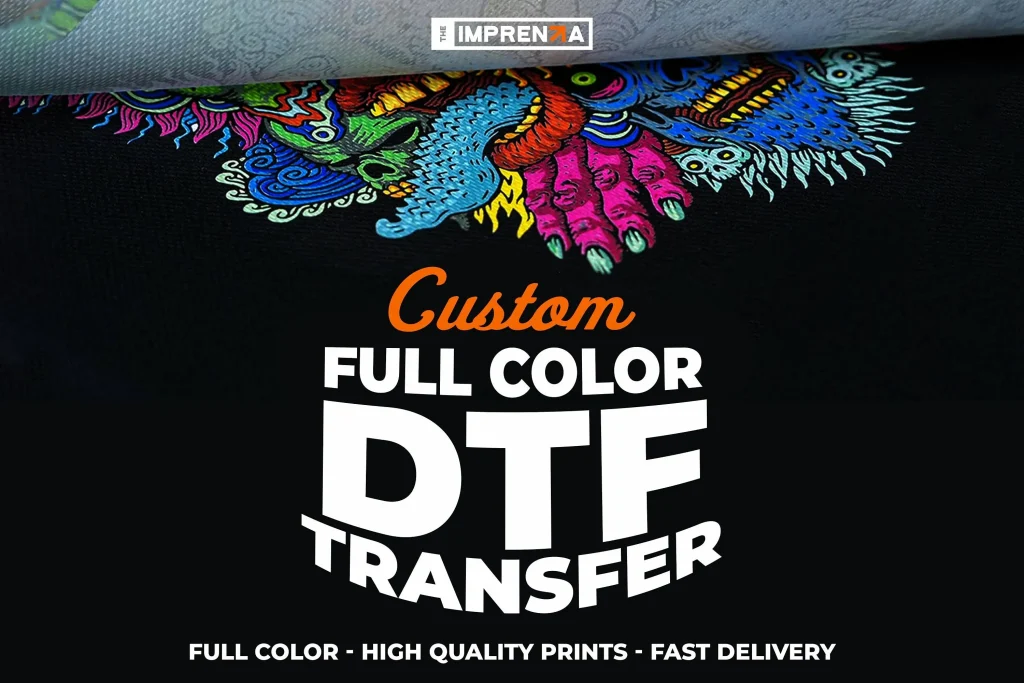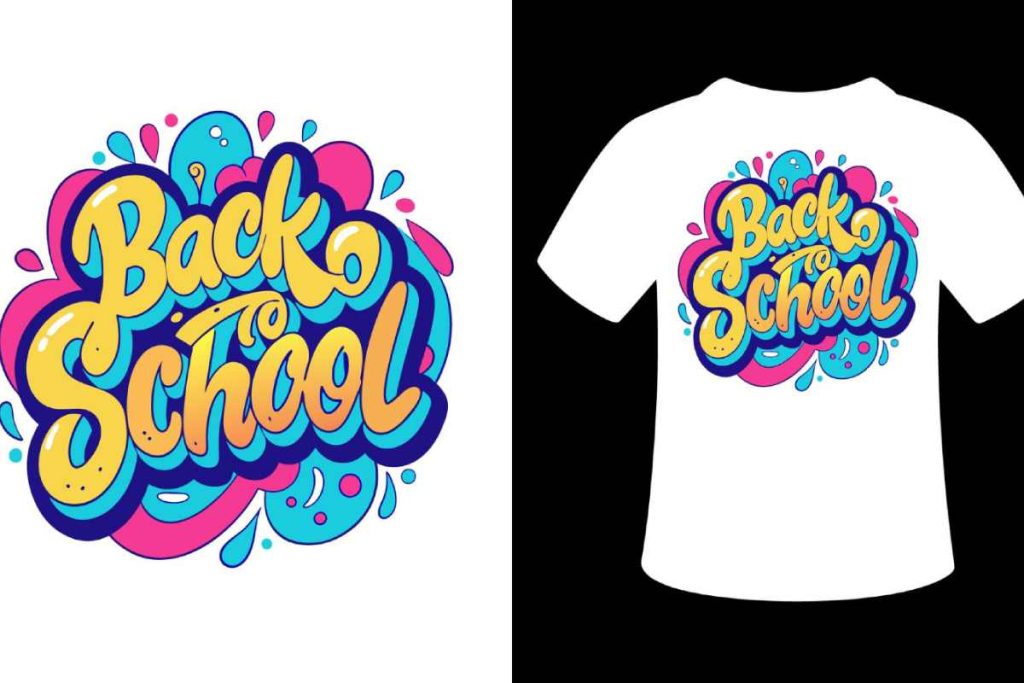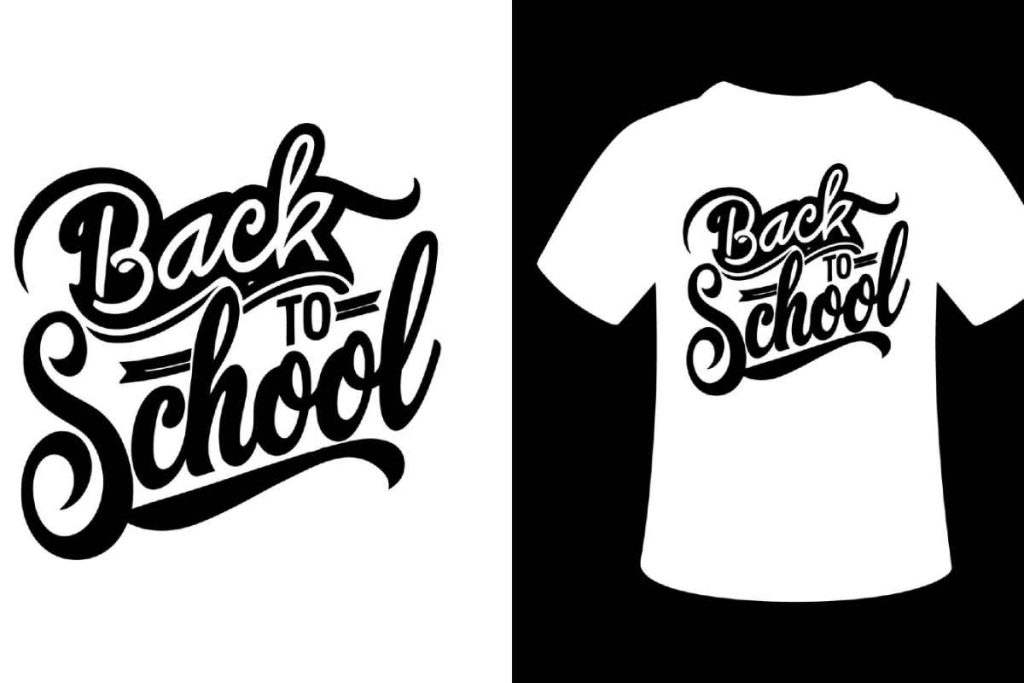DTF transfers are revolutionizing the custom t-shirt printing landscape, marrying creativity with advanced technology. This method, known as Direct-to-Film printing, offers unparalleled opportunities for personalization and vibrant design capabilities, allowing businesses to cater to the ever-growing demand for customized apparel. With its blend of efficiency and quality, DTF printing provides numerous benefits that appeal to both consumers and creators alike, creating the perfect platform for the latest customization trends in fashion. Moreover, as sustainability becomes a focal point in the apparel industry, DTF transfers stand out by reducing waste and using less water compared to traditional methods, making it an eco-friendly choice for consumers. Dive into the world of DTF printing as we explore its transformative impact on custom apparel and the future it holds for artistic expression.
Direct-to-Film technology is gaining significant traction within the realm of personalized clothing, particularly in the custom t-shirt scene. This emerging technique enables intricate design transfers onto a variety of fabrics, enhancing the options available for enthusiasts of custom apparel. As the customization trends in fashion evolve, DTF printing is proving to be a cost-effective and versatile method for both businesses and individual creators. Furthermore, its eco-friendly attributes contribute positively to the sustainability movement, appealing to conscious consumers seeking sustainable custom apparel. In this discussion, we will uncover how DTF printing is reshaping how people express their style and individuality through uniquely designed garments.
Understanding DTF Transfers and Their Advantages
DTF transfers, or Direct-to-Film printing, are revolutionizing the custom t-shirt printing industry by allowing for the creation of highly detailed designs that can be printed on various fabrics. This technology works by printing a design onto a specialized film, which is then heat-pressed onto the chosen fabric. This method provides a distinct advantage over traditional printing methods, such as screen printing and Direct-to-Garment (DTG) printing, due to its ability to produce vibrant colors and sharp details that are essential for modern fashion trends.
One of the standout benefits of DTF transfers is their versatility; they can be applied not only to cotton but also to polyester and blends, allowing for a wider range of apparel options. Whether it’s casual wear, work uniforms, or athletic gear, DTF printing accommodates all these needs. Furthermore, the technology is making custom t-shirt printing more accessible, empowering small businesses and individual artists to enter the market without heavy investments, thus driving the growth of sustainable custom apparel.
The Rapid Growth of DTF Printing Technology
The custom t-shirt printing landscape has seen remarkable evolution with the introduction of DTF printing technology. A significant factor contributing to its rapid growth is the increased accessibility of high-quality, affordable DTF printers. This has enabled startups and independent designers to produce custom t-shirts without incurring substantial overhead costs, democratizing the market for custom apparel and fostering creativity among creators who can now easily replicate intricate designs.
Additionally, the technology’s efficiency is a game-changer in today’s fast-fashion environment. Businesses can now fulfill orders quicker than ever, which is crucial for staying competitive in a market that values speed and customization. With DTF printing, brands can swiftly adapt to changing consumer preferences and seasonal trends, ensuring they meet the demands for personalized products that resonate with customers.
Sustainability and DTF Transfers
As consumers become increasingly conscious of the environmental impacts of their purchases, sustainability in the fashion industry has gained attention. DTF printing stands out as a solution that aligns with these consumer values. This print technology uses significantly less water compared to traditional methods like screen printing, while also reducing waste, making it a much more sustainable choice for producing custom t-shirts.
Many brands that adopt DTF printing are now able to champion eco-friendly practices, appealing to a growing market segment that prioritizes sustainability in their purchasing decisions. By utilizing DTF transfers, companies not only affirm their commitment to environmental responsibility but also enhance their brand image among eco-conscious consumers looking for sustainable custom apparel.
Customization Trends Driving DTF Transfer Popularity
The trend towards customization is reshaping consumer behavior, especially in the realm of fashion. DTF transfers enable customers to personalize their t-shirts like never before, supporting a wide range of individual design options. From unique graphics to heartfelt messages, the DTF printing method facilitates the kind of design creativity that allows wearers to express their style and identity.
This personalization trend is particularly appealing to millennials and Gen Z, who prioritize individuality in their fashion choices. As a result, businesses leveraging DTF transfers for custom t-shirt printing can capture this market segment by offering tailored solutions that resonate with younger consumers. This cultivation of individual expression exemplifies how DTF technology is meeting today’s demands for customization in fashion.
Challenges in Implementing DTF Printing
Despite its many advantages, the implementation of DTF printing comes with certain challenges that businesses must address. Mastering the operational aspects of DTF technology, including the maintenance of equipment and the management of the printing process, can be daunting for newcomers. Individuals and small businesses might find it necessary to invest time and resources in training to effectively utilize this technology.
Moreover, ensuring the long-term durability of prints is crucial. While DTF transfers provide vibrant results, the quality must withstand repeated washes and wear over time. Businesses that can successfully navigate these challenges will have a competitive edge in the growing custom apparel market, as they can guarantee the quality and longevity of their products.
The Future of Custom T-Shirt Printing with DTF Transfers
As we look towards the future, DTF transfers are primed to play a pivotal role in the evolution of the custom t-shirt printing industry. The ongoing advancements in Direct-to-Film technology promise not only improvements in quality and efficiency but also expanded creative possibilities for designers. This affirms the potential for innovative apparel that pushes the boundaries of creative expression.
Additionally, as sustainability becomes increasingly integral to consumer choices, the embrace of eco-friendly printing technologies like DTF will likely accelerate. Together with the growing demand for personalization, DTF transfers seem set to redefine consumer expectations in the custom apparel sector, making this a revolutionary time for fashion designers and businesses alike.
Frequently Asked Questions
What are DTF transfers and how do they work in custom t-shirt printing?
DTF transfers, or Direct-to-Film transfers, are a printing technology that allows for detailed designs to be printed on a special film, which is then heat-pressed onto various fabrics. This method surpasses traditional techniques like screen printing by providing vibrant colors and durability, making it popular in the custom t-shirt printing industry.
What are the main benefits of using DTF printing for custom t-shirts?
DTF printing offers several key benefits including high-quality and durable prints that resist fading, compatibility with a wide range of fabrics, quicker production times, and lower cost of entry for small businesses. Additionally, it aligns with sustainability goals by using less water and generating less waste compared to other methods.
How does DTF printing contribute to customization trends in fashion?
DTF printing enhances customization trends by allowing businesses and customers to easily create unique designs. This technology supports personal expression, enabling individuals to personalize t-shirts with graphics or messages, thus catering to the growing demand for individualized fashion.
Is DTF printing a sustainable choice for custom apparel?
Yes, DTF printing is considered a sustainable option in the custom apparel industry. It utilizes less water and produces minimal waste, making it an eco-friendly choice for businesses looking to adopt sustainable practices while fulfilling consumer demands for responsible production.
What types of fabrics can DTF transfers be applied to in custom t-shirt printing?
DTF transfers are versatile and can be applied to a variety of fabrics, including cotton, polyester, and their blends. This extensive compatibility makes DTF printing suitable for different types of apparel, from fashion t-shirts to athletic wear.
What challenges might businesses face when implementing DTF printing technology?
While DTF printing has many advantages, businesses may face challenges such as mastering the new equipment and technical skills required. Additionally, ensuring the durability of prints through washes and wear is crucial for maintaining high-quality standards in custom apparel.
| Key Points | Details |
|---|---|
| Introduction | DTF transfers are revolutionizing custom t-shirt printing through technology bringing opportunities for personalization. |
| Overview of DTF Transfers | Allows for intricate designs with precision on fabrics, providing vibrant colors unlike traditional methods. |
| Accessibility and Cost-Effectiveness | Affordable printers enable small businesses and creators to enter the market easily. |
| Improved Quality | Offers durability, fade resistance, and versatility for various fabric types. |
| Speed of Production | Faster turnaround times cater to on-demand printing needs, keeping up with trends. |
| Sustainability Considerations | Less water usage and waste make DTF more eco-friendly compared to other methods. |
| Customization and Personalization | Allows for easy creation of customized designs, aligning with consumer demand for individuality. |
| Challenges | Technical mastery of DTF equipment and ensuring durability of prints are critical for businesses. |
Summary
DTF transfers are indeed reshaping the custom t-shirt industry, as their innovative approach to printing offers unmatched flexibility, quality, and a sustainable choice for businesses. With a growing emphasis on personalization and advancements in technology, DTF printing is set to dominate the market, enabling a new era of creativity in custom apparel. The balance between accessibility and consumer demand highlights a promising future for DTF transfers, marking a significant turn in how custom t-shirts are produced and valued.



